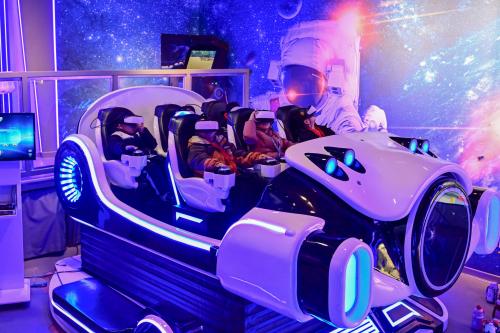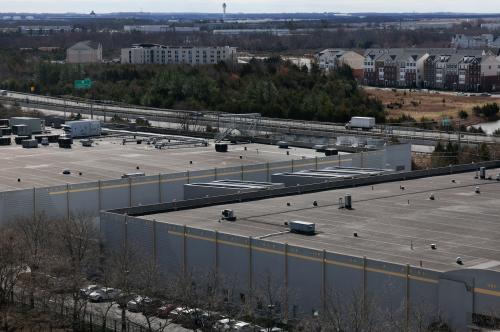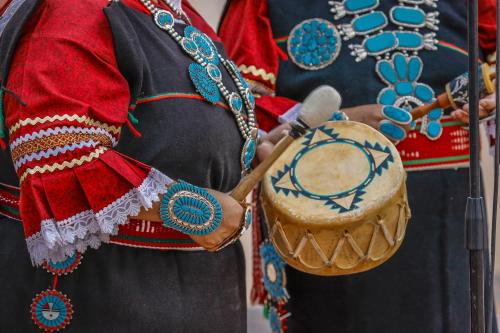A substantial share of American workers must obtain a license from a state or local government to work in their professions. The share of workers nationwide required to have a license has risen dramatically since the 1950s, from just 5 percent to nearly 30 percent in 2008. Yet, there is considerable variation among states in the share of the workforce that is licensed. The state with the highest share is Iowa (33.3 percent), closely followed by Nevada (30.7 percent) and Washington (30.5 percent). In contrast, South Carolina, Rhode Island, New Hampshire, and Indiana all have less than 15 percent of their workforces licensed. The wide variation in the use of occupational licensing across states cannot be fully explained by differences in the mix of occupations and industries, suggesting that other factors influence the decision to license.
This chart shows the share of the workforce that is licensed in every state, based on estimates from a Harris poll conducted in the first half of 2013.
The Brookings Institution is committed to quality, independence, and impact.
We are supported by a diverse array of funders. In line with our values and policies, each Brookings publication represents the sole views of its author(s).


